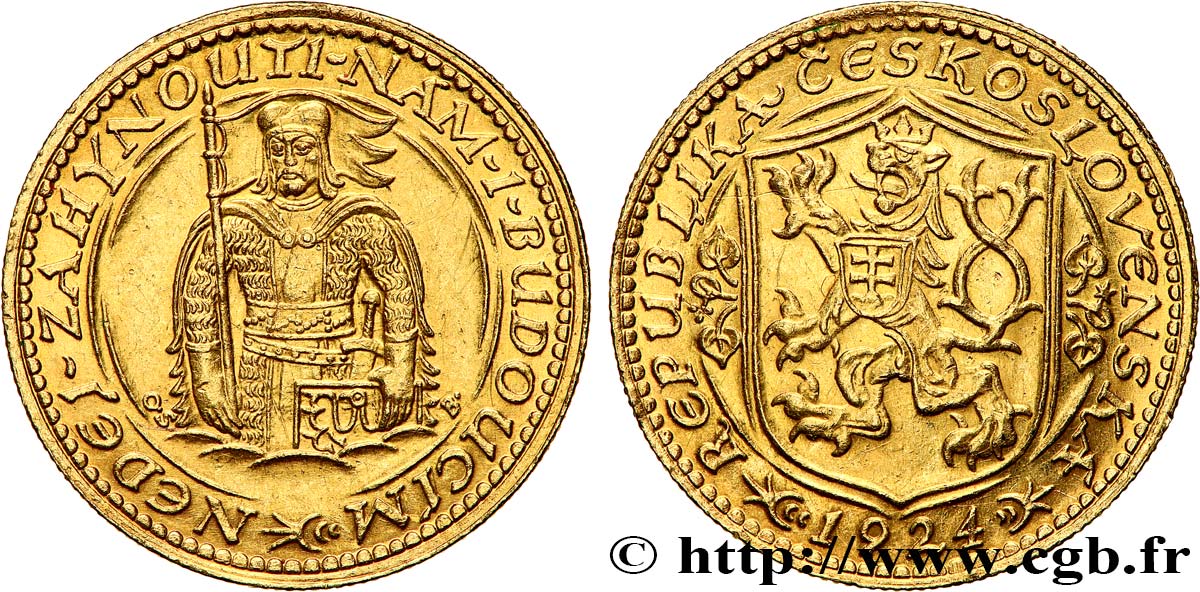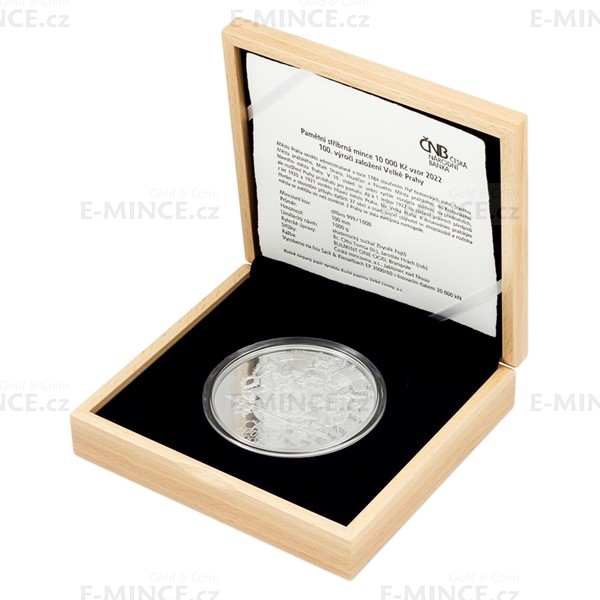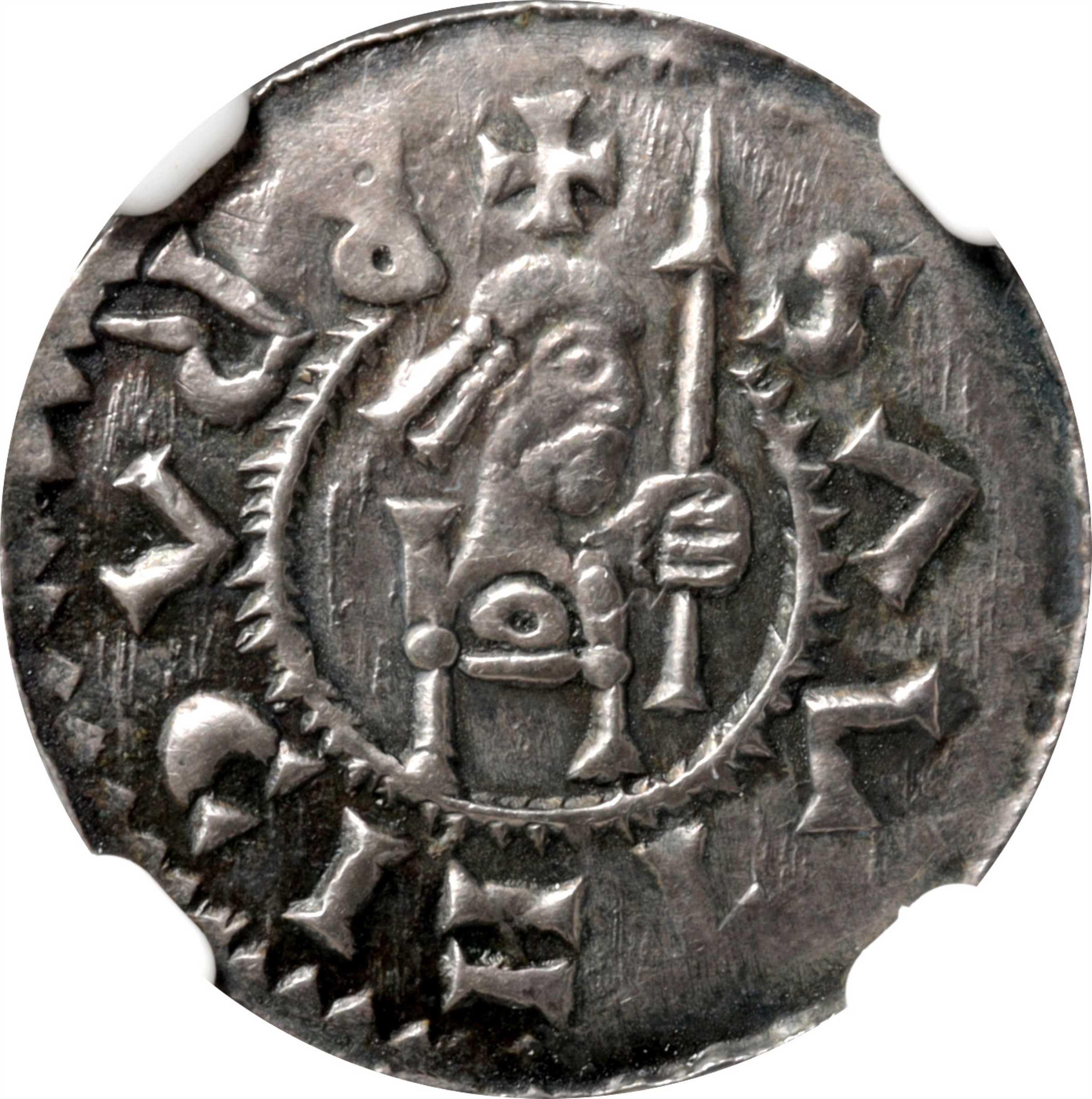Excellent Tips To Cnc Machining Prague Mint Coins
Wiki Article
How Do High-Precision Cnc Cutting Machines Cut Designs Into Dies Or Master Hubs For Striking Gold And Silver Coins?
The CNC machines are used to create dies and master hubs, which are used for the striking of gold medals and coins. This is a brief overview of the CNC Programming Process.
CAD (Computer-Aided Design) software can be utilized to create a digital 3D representation of the coin or medal design.
CAM (Computer Aided Manufacturing), software that generates toolpaths and instructions and commands for CNC machines based on 3D models.
How to choose the right Die Material
CNC machined of the master hub and die uses durable, high-quality materials, like steel, brass or hardened metals. They are able to withstand the high-pressure striking process, and guarantee exact reproduction of the design.
Fixture and Setup
The chosen material is securely secured to the CNC machine's worktable or vice for precise machine. The correct fixing of the material is vital to stop the material from moving and vibration during processing.
CNC Machining Process-
CNC machines utilize cutting tools such as ball mills or end mills that cut out the design in the master hub or die.
The CNC machine follows the programed toolpaths, carefully removing material from the blank block in accordance with the 3D model's specifications.
You can use different types and sizes for cutting out the design of a medal or coin.
CNC machines can be controlled by computer algorithms that ensure precision up to micrometer tolerances.
Finishing and Refinement
The master hub, or die, is then refined.
Smoothing, polishing, and sanding by hand or using specialized tools ensure the surface finish meets the requirements for.
Quality Control and Inspection
The final die, or hub is then put through to a thorough inspection using the aid of measurement tools, such as micrometers, gauges and other optical measuring instruments to ensure it is in compliance with the requirements of the design.
Treatment and hardening (optional)(optional)
Die dies could be treated using heat hardening, surface treatments or both to increase durability and wear resistance during the process of striking.
CNC machines provide the precision and precision required to replicate intricate designs onto master hubs or dies. Die dies offer the required equipment to create gold medals or coins consistently precisely, with exquisite detail. See the top CNC Machining Czechoslovakia gold coins site recommendations including small gold coins, liberty head nickel, 1 oz gold eagle, saint gaudens double eagle, silver and gold buyer near me, 1 10 gold eagle, 1oz gold, one ounce of gold, gold panda coin, gold coins coin and more.
Why Are Dies Used For Gold Medals And Coins Made To Be Vacuum-Hardened?
The technique of vacuum hardening is utilized in the manufacturing of gold medals or coins. It involves heating dies at high temperatures and then exposed to controlled conditions within the vacuum. Here's an overview of the vacuum hardening procedure used for die preparation and Cleaning-
To make dies that will be used to strike coins or medals, they need to be free of any contaminants or residues.
Incorporating the load into a vacuum furnace
The dies are placed inside the vacuum furnace. It is a specialized heat-treating chamber that can create a vacuum environment.
Evacuation of Aircraft
Vacuum furnaces eliminate air from chambers, creating a non-oxygen environment. This prevents oxidation while ensuring uniform heat treatment.
Heating Phase
The furnace is heated up to the temperature to allow for the hardening of the dies. The temperature range depends on the specific material and processes for hardening.
Soaking with High Temperatures
The material can attain the desired hardness, as well as the metallurgical structure.
Quenching or Cooling-
After the soaking phase, the dies can be quickly cooled by using special techniques. The rapid cooling process is able to lock in the required toughness and hardness of the material.
Tempering (Optional).
In certain instances the tempering process is performed after the hardening stage. Tempering involves heating dies to a lower temperature in order to relieve internal tensions and improve toughness.
Quality Control and Inspection
Dies that are hardened must go through rigorous quality control and inspections in order to achieve the desired strength, hardness or tolerances.
Post-Treatment Handling-
Once the vacuum hardening process is complete Die dies are then subject to additional processes such as polishing or coating before being used in the coin or striking process.
The vacuum hardening process enhances the wear resistance, durability, and lifespan of the dies used to create gold coins or medals. This procedure creates a controlled environment that is free of contaminants from the atmosphere to ensure consistent and reliable hardening. This also enhances the quality of the final product. Read the recommended vacuum hardening Czechoslovakia gold coins more advice including coin buy gold, gold coins and bullion, small gold coins, gold buy bullion, gold sovereign, 5 dollar gold coin, $5 gold coin, gold coins for sale near me, buying silver bars, 2000 dollar coin and more.

What Is The Reason Dies Are Polished By Hand In Order To Provide A Flawless Surface For Gold Medals And Coins?
For several reasons, it is vital to polish dies manually in order for them to have a smooth, perfect surface. Improved Detail reproduction When you polish the die by hand, any imperfections, burrs or any other irregularities are eliminated from the surface of the die. The smooth surfaces permit more accurate reproduction of delicate details and intricate features on the struck medals or coins.
Quality of the coin or medal is improved- A polished dash ensures that the struck coins and/or medals have sharp lines, clear edges as well as relief. It enhances the appearance and the quality of your final product.
Reduced wear and tear - Polishing can reduce friction during the striking procedure. A smooth die's surface minimizes the chance of imperfections or irregularities on the coins or medals struck due to rough surfaces of the die.
Consistency in Striking- Hand-polished dies offer a consistent striking surface that ensures uniformity during the minting process. In order to ensure its accuracy, depth and overall quality the consistency is crucial.
Die longevity- Die that are polished well will be less susceptible to wear or damage during the striking procedure. They are more durable and have a longer endurance, which allows for more strikes, without compromising the quality of the minted products.
Precision and accuracy - Hand-polishing gives the engraver the capability to fine tune and refine certain areas of the die. This will ensure that the exact details of the medal or coin are reproduced accurately. This level of precision adds to the precision and quality of the final product.
Quality Control - The polishing process is a component of quality control. Inspection of the die in the process of hand polishing will allow the identification and correcting any imperfections prior to the process of striking.
Surface Finish - Polishing adds distinctive surface texture or finish to medals and coins, increasing their visual appeal.
The careful hand-polishing of the dies used to create gold coins and other medals is crucial in ensuring that the products are precisely detailed and pleasing to the eye. It can have a major influence on the final product in terms of appearance, durability and consistency. Take a look at the best hand polishing Czechoslovakia gold coins website info. including gold coin 24k price, gold bullion coins, sacagawea gold dollar, purchasing gold bars, kruger rand, 1 10 american gold eagle, gold price coin today, silver price jm bullion, gold medal gymnasts, krugerrand gold coin and more.

How Do Gold Medals Or Coins Go Through Quality Control To Ensure They Meet Specifications??
Gold coins or medals that are minted go through an array of quality tests. This is to ensure they are in compliance with the requirements that they are exact and have excellent surfaces. These checks consist of various stages.
Certified inspectors examine every medal or coin to identify any surface defects such as blemishes or scratches. They inspect the coins for imperfections, such as scratches, marks, and other irregularities.
Dimensions and weight
Each coin and medal is weighed to ensure that it is in line with the stated dimensions, weight, thickness and diameter. Any deviation from the specifications for design could be a sign of an issue with the quality.
Composition and Purity of Metal
The quality checks are carried out by using different testing methods like X-ray fluorescence analysis (XRF), or chemical analysis. They ensure that they are in compliance with the quality and gold standards.
Edge Inspection
Inspectors examine the edges of the coins or medals for uniformity and the reeding (if present), and any imperfections. The edge is a crucial area for security features or additional design elements.
Strike quality
Every coin that is minted is evaluated to determine their quality of strike. This includes the precision and clarity in design details reliefs, as well as overall look.
The Proofing Errors, Minting Mistakes
For special editions or proof coins, a thorough inspection is carried out to determine any imperfections, mistakes in the minting process or discrepancies which could influence the value of the coin's collectible.
Packaging and Presentation
The quality inspections also extend to the packaging and presentation of coins or medals and ensure that they are securely encapsulated and stored, or displayed in holders or cases without damage or contamination.
Random Checks and Sampling-
Random sampling and/or checks are carried out across batches to ensure the quality standards are maintained throughout the process of minting.
Compliance and Documentation
All quality tests are documented to ensure compliance with regulations, minting standards and certification requirements. These documents are a proof of the coin's authenticity and authenticity.
Rejecting non-conforming pieces-
Medals or coins which do not meet specifications for quality are rejected or sent for reprocessing to ensure the integrity and overall quality of the products that are minted.
Mints and certification bodies conduct these quality tests to ensure that gold coins and medals meet required standards of authenticity, purity, value and appearance. They also assure buyers, investors, and collectors that they are authentic and of the highest quality. Check out the top Czechoslovakia gold coin quality control site info. including 20 dollar coin, gold coins for sale, 1oz gold, kruger rand, gold and silver dealers, buy gold bullion, 2000 dollar coin, $5 gold coin, silver bars for sale near me, canadian gold maple leaf and more.

